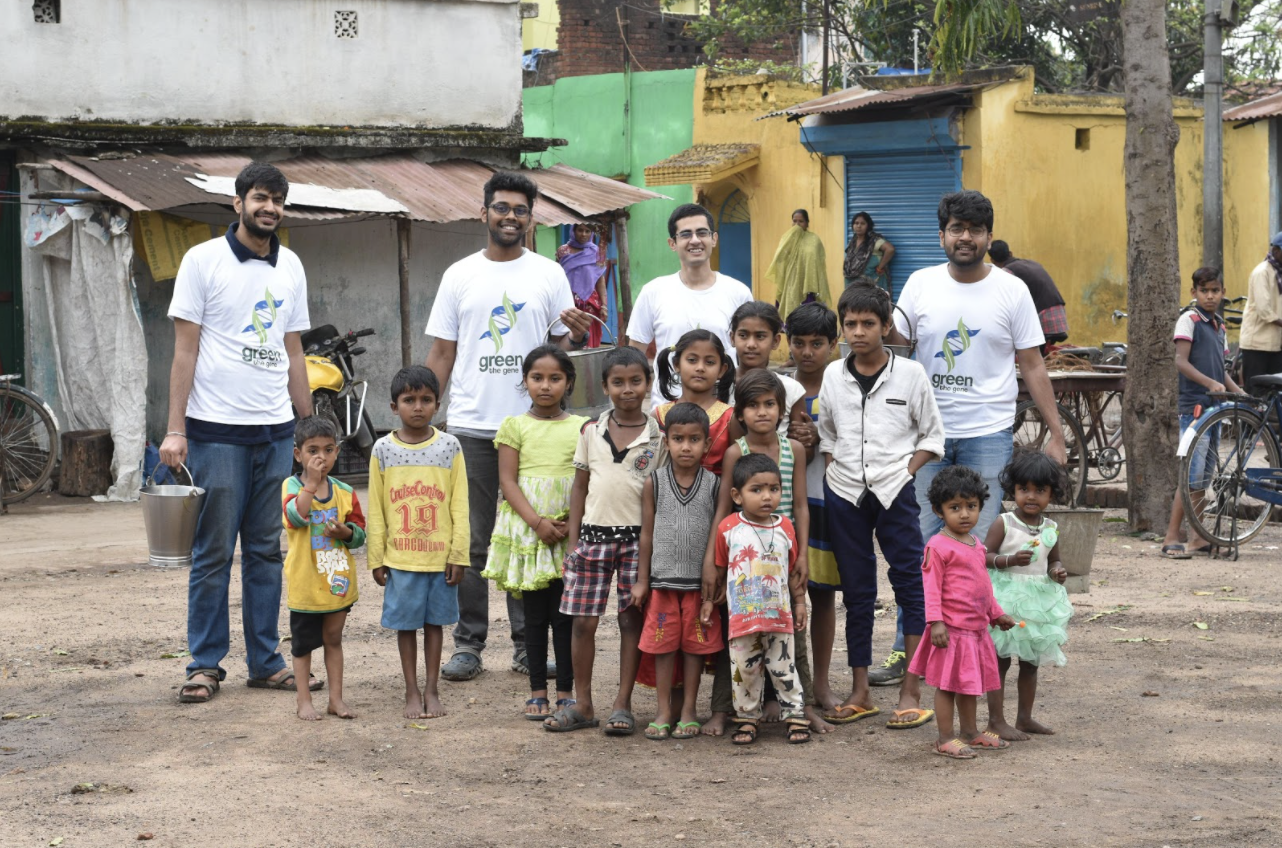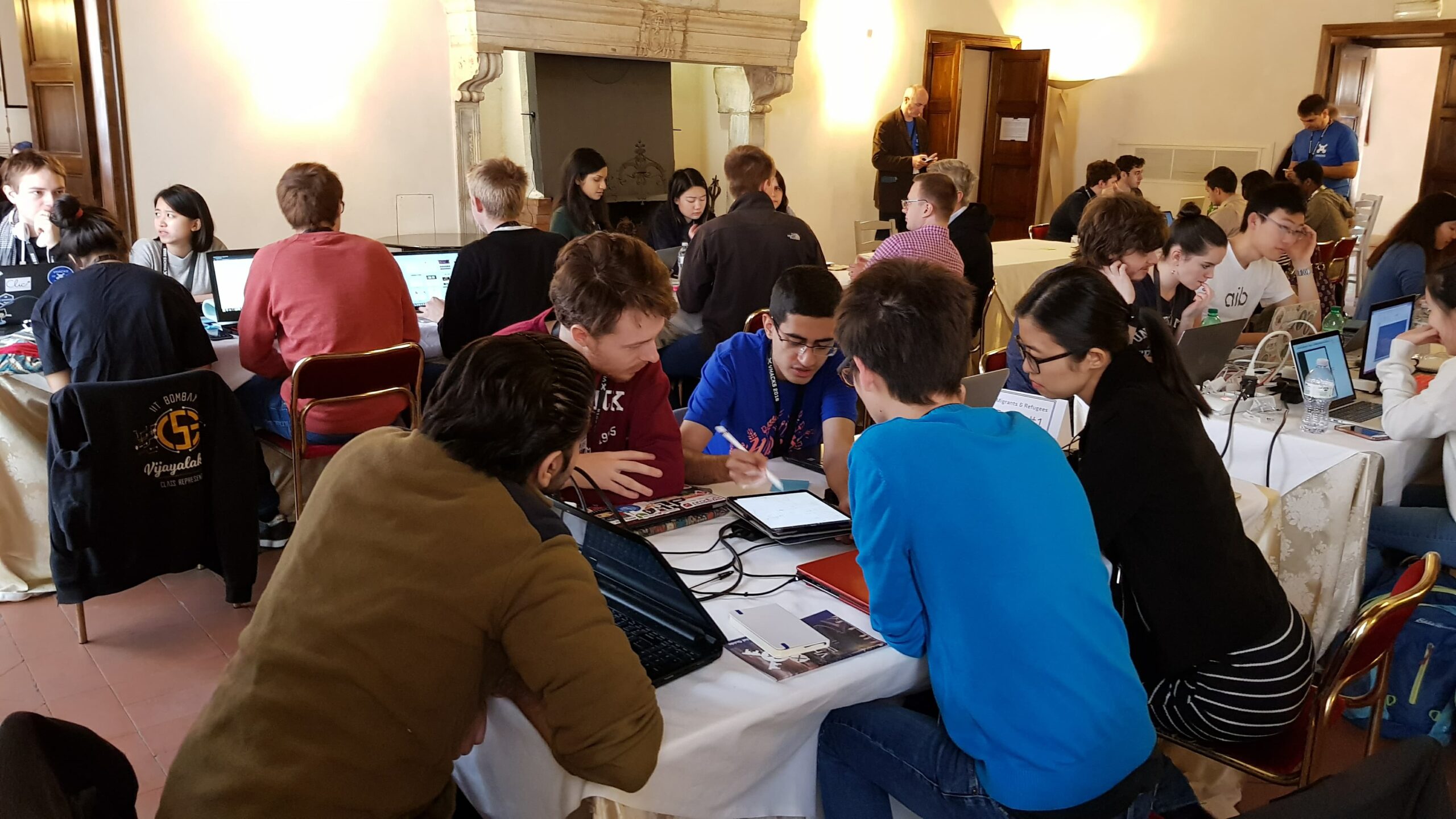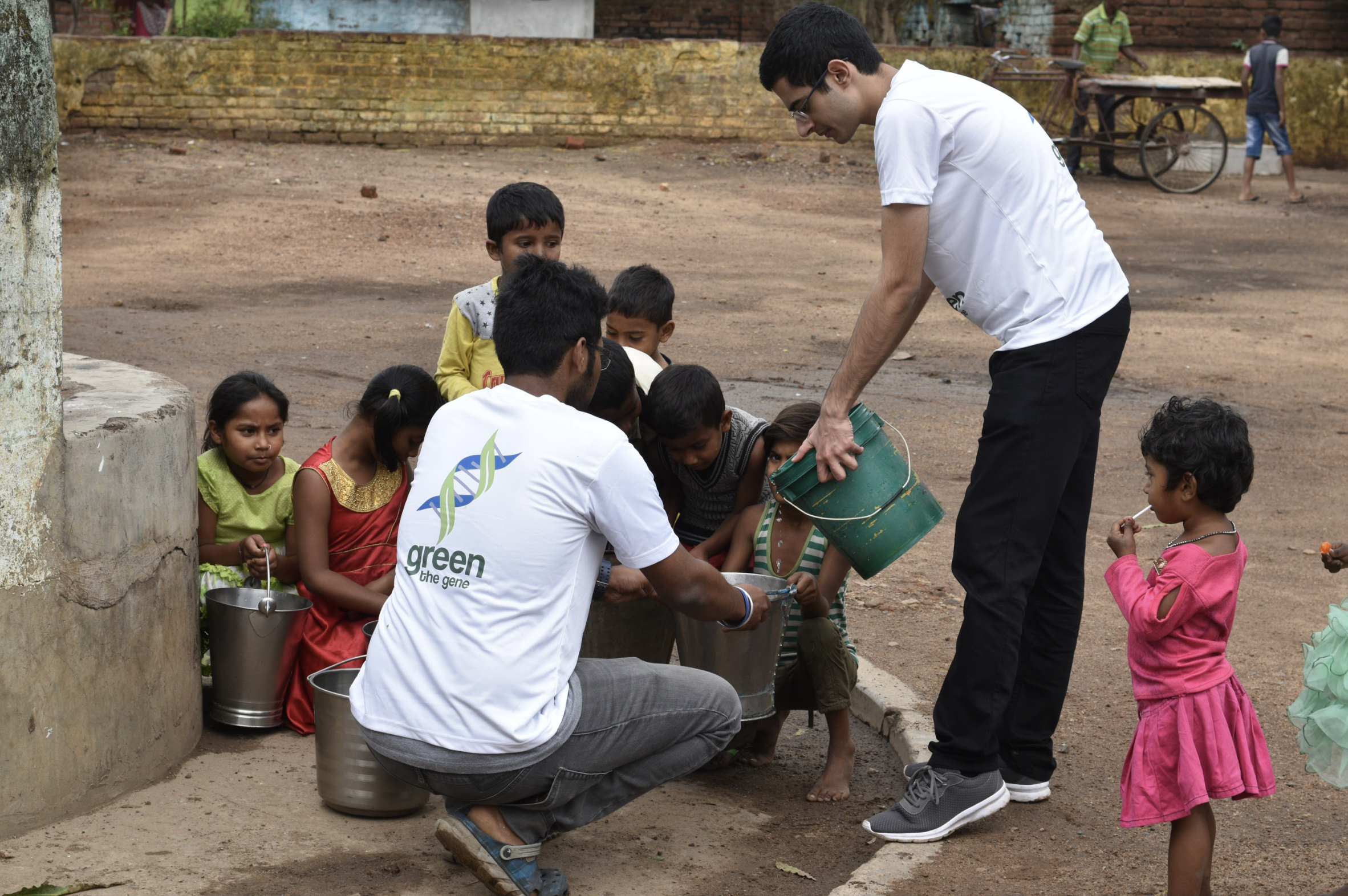
Written by: Lucas Bernar
Yunus&Youth Fellow Madhav Datt was 8 years old when he first realized water scarcity was a huge problem. He was in a science class when the teacher said that the water table in India was falling by almost two feet every year. At the time, his town was going through water rationing. Madhav himself and his community neighbors would only have access to water at certain times of the day. Suddenly, clean and accessible water was not just an abstract sustainable development idea; it was a daily struggle for thousands of people in Asia and across the world.
At 22, now a computer science student at Indian Institute of Technology and at Harvard University, Madhav knows that water accessibility is still a major issue in many countries. Low-income villagers in rural areas of Mwanza, Tanzania, for instance, have to walk 7 to 8 kilometers to find safe and drinkable water every day. Although government support and public policies are needed to solve this problem in the long term, these people need safe and drinkable water today.

Worried about this issue and still carrying those early childhood memories in mind, Madhav decided to apply his technology expertise to provide access to safe water for communities in the water crisis. That’s when he got together with two childhood friends to start Green the Gene.
Green the Gene is building extremely low-cost machine learning driven point-of-use water filtration devices for local communities in crisis. The project, which is almost 100% funded by corporate philanthropy, partners with manufacturing facilities in China to leverage economies of scale and provide an effective solution to the water crisis. It also works with local young people from the affected communities to engage users and localize decision making.
Initiated less than a year ago, the project has generated an outstanding impact. It has led to the deployment of 8,000 devices which are already being used to provide safe water access to over 40,000 people in rural Mwanza, Tanzania. It’s also estimated that the technology has been used to filter 14.4MM liters of water and has saved people from walking 15,000 cumulative hours to collect clean water.

What differentiates Green the Gene from any other water safety project is that it’s extremely low-cost and it prioritizes communities with no access to electricity, whose conditions for technology deployment are far more difficult.
Green the Gene has also mobilized dozens of partners and thousands of volunteers over 62 countries. However, Madhav argues that the most challenging aspect of the project today is fund-raising. Since it’s a philanthropic project, it depends 100% on donations to produce and deliver its products to the affected communities. For that reason, Green the Gene is also exploring ways to be financially sustainable.
According to Madhav, the project’s purpose is to provide safe water access for communities suffering from the water crisis. For that reason, the most satisfying and motivating moments are when they work closely with communities and see the technology in action.
Now, Green the Gene is on a mission to scale and expand the project to deliver 10,000 in India, Kenya, and Tanzania, bringing safe water to over 100,000 people. In addition, Madhav envisions that the future of this Green the Gene project is to create water monitoring systems, using sensors and machine learning to help people make sure that their water is truly safe to use and drink.
